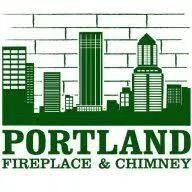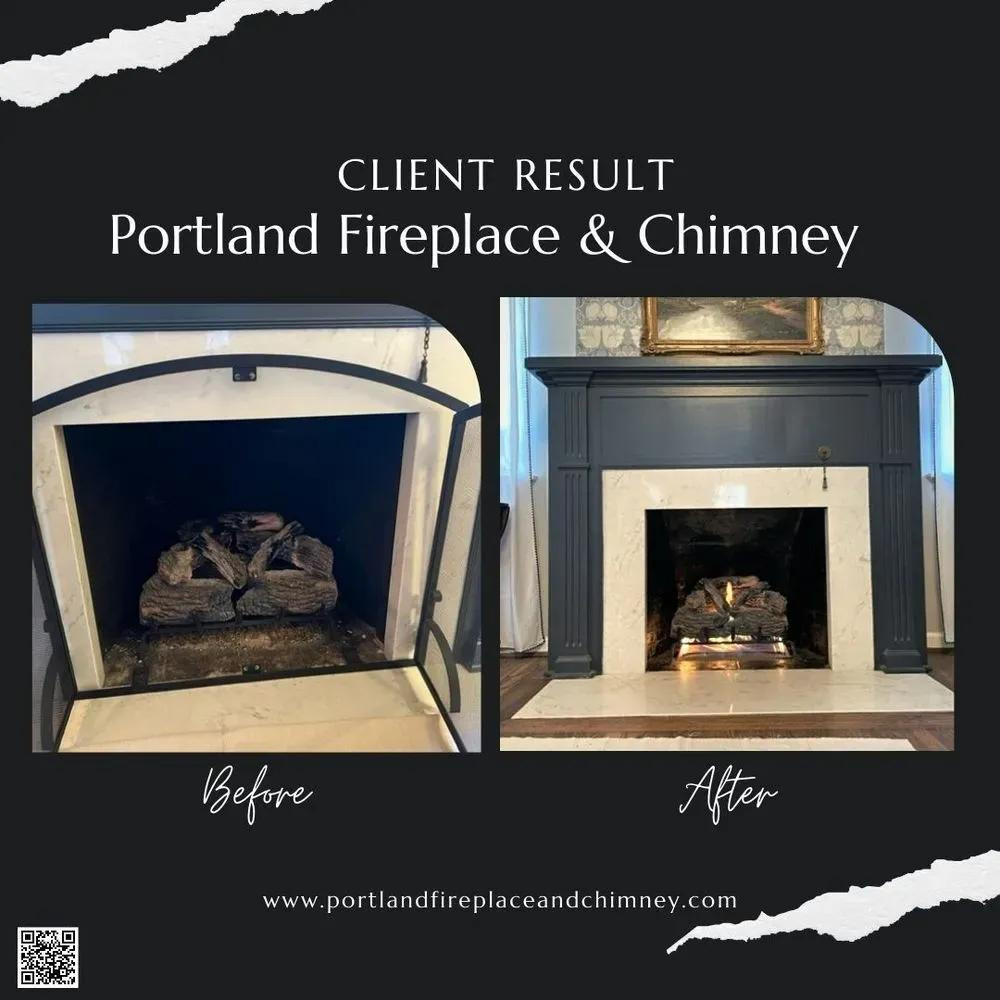5 Signs Your Montavilla Chimney Needs Urgent Repair This Winter
Portland, United States - July 2, 2025 / Portland Fireplace and Chimney /
Local chimney repair experts issue urgent safety alert as winter approaches, identifying five critical warning signs that indicate immediate chimney repair needs in Montavilla homes. With fireplace usage increasing during colder months, recognizing these danger signals could prevent catastrophic fires and carbon monoxide poisoning.
Trusted local chimney repair specialists serving Montavilla, OR have observed a concerning pattern of preventable chimney emergencies that could be avoided with proper awareness and timely intervention.
Immediate Dangers Lurking in Montavilla Chimneys
Winter presents unique challenges for Montavilla's historic homes, where aging chimneys face increased stress from temperature fluctuations and heavy rainfall. The combination of older construction methods and Portland's wet climate creates perfect conditions for rapid chimney deterioration.
Professional chimney specialists report that most emergency calls during winter months stem from problems that showed warning signs weeks or months earlier. Homeowners who recognize these signals early can prevent dangerous situations while saving thousands in emergency repair costs.
Warning Sign #1: Visible Cracks and Crumbling Masonry
Exterior masonry damage represents the most obvious indicator of serious chimney problems. Homeowners should inspect their chimneys for cracks in bricks, loose mortar joints, or pieces of masonry falling to the ground.
Portland's freeze-thaw cycles accelerate masonry deterioration through a process called spalling. Water enters small cracks, freezes during cold snaps, expands, and creates larger fissures. This cycle repeats throughout winter, causing progressive structural damage.
Montavilla's brick chimneys, many dating back several decades, are particularly susceptible to this type of weather-related damage. What begins as hairline cracks can quickly develop into major structural issues requiring complete chimney rebuilds.
Warning Sign #2: White Staining on Chimney Exterior
White, chalky deposits appearing on brick surfaces indicate efflorescence - a clear sign of water infiltration. These mineral deposits form when water carries salts through masonry materials and evaporates on the surface.
Efflorescence signals ongoing moisture problems that will worsen without intervention. The same water causing these stains is simultaneously damaging internal chimney structures, including metal components and mortar joints.
This condition often appears more pronounced after rainy periods, making it particularly noticeable during Portland's wet winter months. Homeowners who spot these white stains should schedule professional inspections immediately.
Warning Sign #3: Interior Moisture Problems
Water stains on walls or ceilings near chimneys indicate serious flashing or structural problems. These stains often appear in upstairs bedrooms or living areas adjacent to chimney structures.
Musty odors emanating from fireplace areas suggest mold growth caused by persistent moisture infiltration. This creates both structural damage and potential health hazards for family members, particularly those with respiratory sensitivities.
Peeling wallpaper or paint near chimney areas provides another clear indicator of moisture problems. These issues typically worsen during winter when increased precipitation combines with heating system usage.
Warning Sign #4: Smoke and Draft Issues
Smoke entering living spaces instead of properly venting through the chimney indicates serious safety hazards. This problem can result from creosote buildup, structural blockages, or damaged flue liners.
Poor draft conditions make fires difficult to start and maintain, often causing homeowners to leave dampers open longer or burn fires inefficiently. These practices increase creosote accumulation and fire risks.
Carbon monoxide poisoning represents the most dangerous consequence of draft problems. This colorless, odorless gas can accumulate in homes when chimney systems fail to properly vent combustion gases.
Warning Sign #5: Strong Chemical Odors
Persistent chemical or bitter odors from fireplace areas indicate creosote buildup - a highly flammable substance that accumulates from incomplete wood combustion. Heavy creosote deposits can ignite spontaneously, causing chimney fires that spread to home structures.
Dead animal odors suggest wildlife has nested in chimney systems, creating blockages that prevent proper ventilation. These obstructions force dangerous gases back into living spaces.
Unusual smells that intensify during humid weather often indicate multiple problems, including moisture infiltration, organic matter decomposition, and chemical deposits.
Winter-Specific Risks for Historic Montavilla Homes
Montavilla's older homes face unique challenges during winter months. Original construction methods may not meet current safety standards, and decades of weather exposure have compromised many chimney systems.
Increased fireplace usage during cold weather accelerates existing problems. Homeowners who rarely use their fireplaces during warmer months may discover serious issues only when winter heating needs arise.
Portland Fireplace and Chimney has observed that emergency repair calls increase dramatically during the first cold snap of winter, when homeowners attempt to use systems that have developed problems during the off-season.
Professional Inspection Recommendations
Annual chimney inspections should occur before winter heating season begins. Professional technicians use specialized equipment, including cameras and moisture meters, to identify problems invisible to homeowners.
NFPA Level 2 inspections provide comprehensive assessments of chimney structures, including internal components and surrounding building materials. These detailed evaluations identify both immediate safety hazards and developing problems.
Certified chimney professionals can distinguish between minor maintenance needs and serious safety issues requiring immediate attention. Their expertise prevents homeowners from either ignoring dangerous conditions or unnecessarily replacing functional systems.
Taking Immediate Action
Homeowners who identify any of these warning signs should stop using their fireplaces immediately and contact professional chimney repair services. Continued use of damaged systems increases risks of fire, carbon monoxide poisoning, and structural damage.
Emergency repairs during winter months often cost significantly more than preventive maintenance performed during off-season periods. Early intervention protects both family safety and household budgets.
Professional chimney repair companies offer emergency services for urgent situations while providing scheduled maintenance programs that prevent future problems. Regular maintenance extends chimney system lifespans while maintaining optimal safety performance.
Winter safety depends on recognizing these warning signs early and taking prompt action. Montavilla homeowners who prioritize chimney maintenance protect their families while preserving their historic homes for future generations.

Contact Information:
Portland Fireplace and Chimney
11124 NE Halsey St Suite 465
Portland, OR 97220
United States
Louis Lee
+1 (503) 758-4710
https://portlandfireplaceandchimney.com


